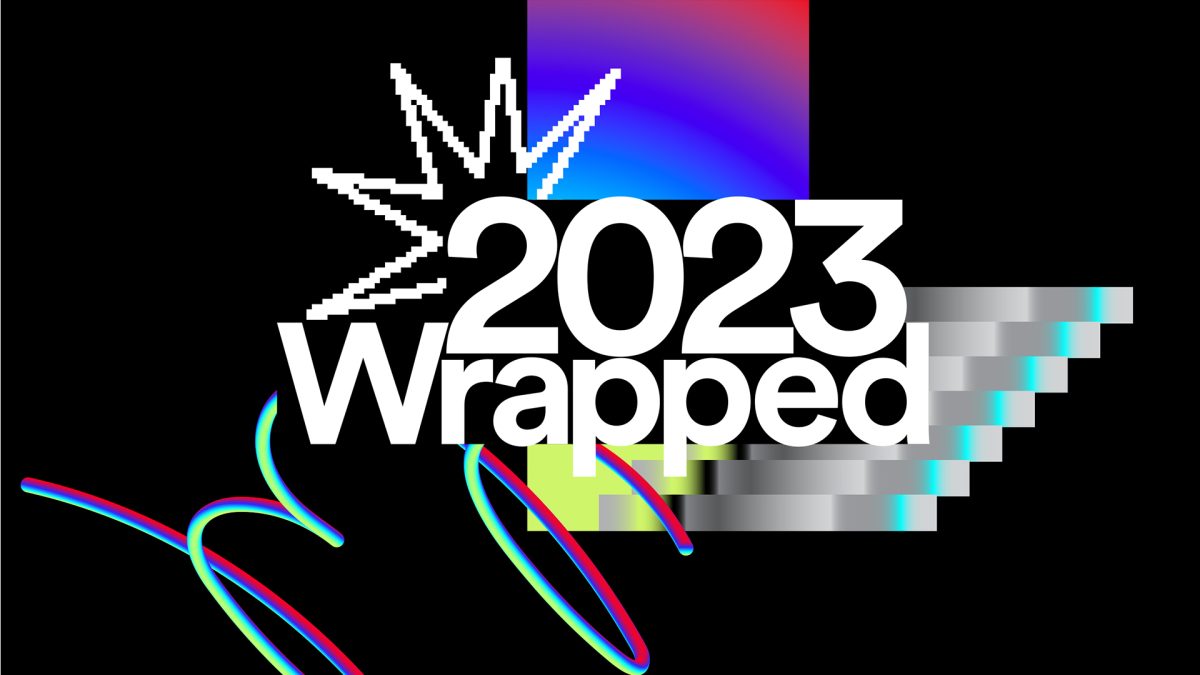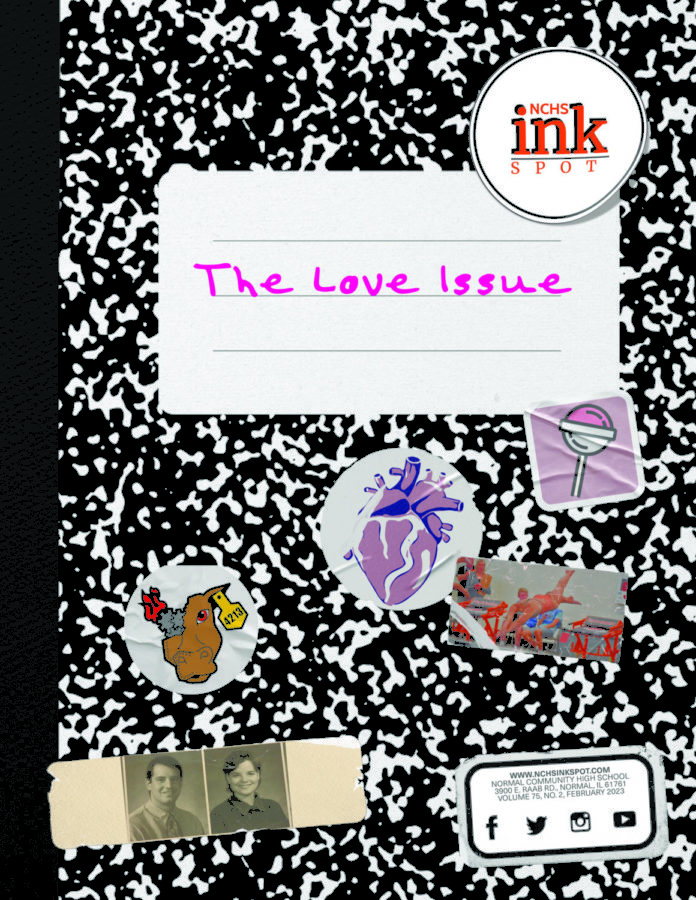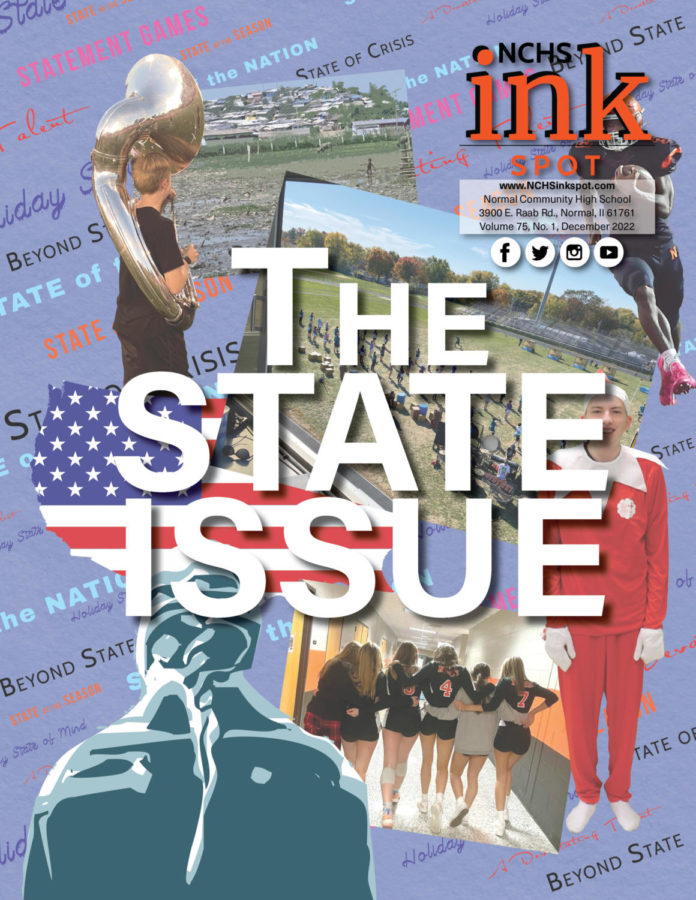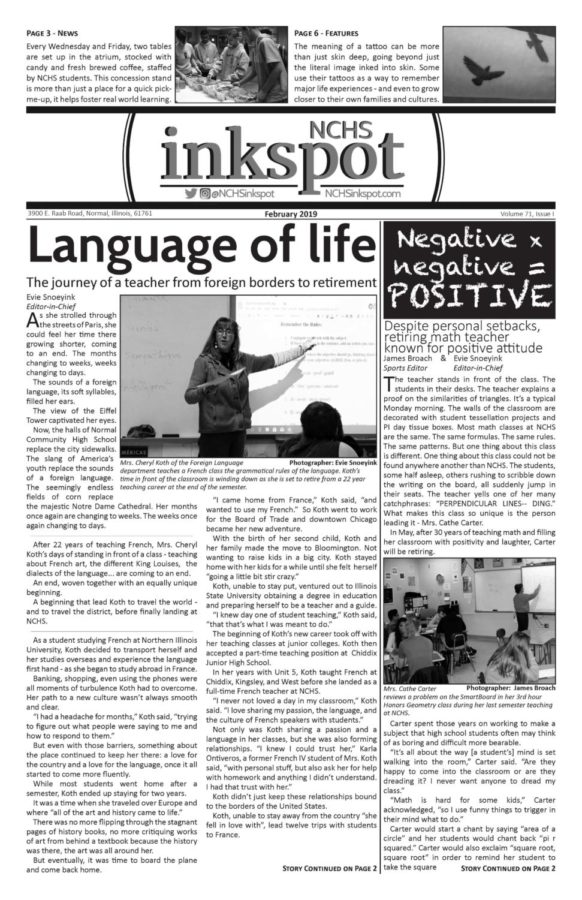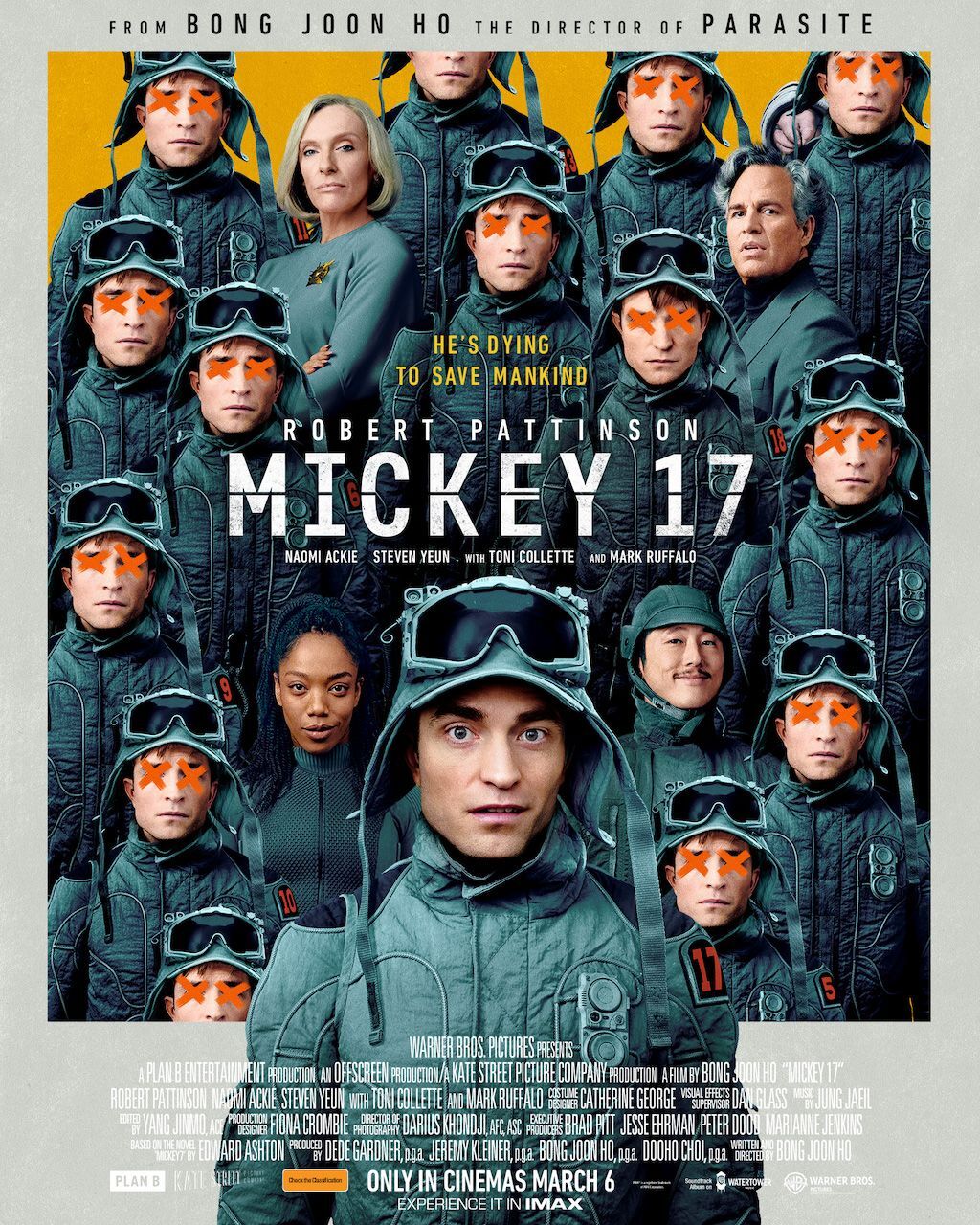What does it feel like to die?
If you knew you’d be reborn, would that make the process any less terrifying? Less painful? Less traumatic?
These are just some of the existential questions at the heart of Bong Joon-Ho’s “Mickey 17.”
Six years after winning Best Picture for “Parasite,” Bong trades basements and speeding trains for the cold, unfeeling void of space. But even as “Mickey 17” breaks free from the confines of Earth, the film stays locked onto Bong’s signature satirical targets—worker exploitation, political corruption and the way capitalism grinds human lives into disposable assets.
Robert Pattinson stars as Mickey—or rather, all 18 versions of him. He’s what’s known as an “expendable,” a worker whose consciousness gets uploaded and reprinted into a new body every time he dies. He’s not a person; he’s a product. A tool. And like any tool, he exists to be used, broken and replaced—again and again.
Mickey’s life is an endless cycle of corporate and political abuse. Need to test an experimental vaccine? Inject Mickey. Need someone to fix the ship’s hull in a deadly radiation storm? Send Mickey. He’s a crash test dummy with a soul, a worker with no real agency. And the worst part? He signed up for this.
The film skewers how economic desperation forces people into exploitative labor. Mickey didn’t read the fine print before signing his contract, but it wouldn’t have mattered if he had—he was already drowning in debt thanks to a failed macaroon shop (“It’s the next hamburger!”) funded by predatory loans.
His situation is exaggerated for comedic effect, but it mirrors the gig economy, where workers take on dangerous, underpaid jobs because the alternative is financial ruin.
Whether it’s Amazon warehouse workers collapsing from heat exhaustion, Uber drivers barely scraping by after expenses or interns working unpaid in exchange for “exposure,” the message is clear: the system thrives by making people feel like they have no choice.
Mickey’s repeated deaths are horrifying, but they’re also absurdly funny. Bong blends dark humor with slapstick, turning Mickey’s many gruesome demises into moments of sheer ridiculousness.
One minute, he’s having an existential crisis about the futility of his existence; the next, he’s projectile vomiting himself to death after an experiment with hormone-augmented meat goes horribly wrong.
The audience, much like the other characters in the film, laughs at his suffering. And that’s part of the satire—Mickey is the protagonist, but even we treat him like a joke, waiting for the next ridiculous way he’ll meet his end.
But as the film progresses, the humor starts to sour. The more Mickey dies, the more the horror sets in. His initial cluelessness, once played for laughs, gradually becomes something more tragic.
“Mickey 17” forces both its characters and its audience to reckon with the dehumanization of workers, showing how easy it is to ignore suffering when it’s happening to someone deemed replaceable.
While labor exploitation is a well-worn theme in sci-fi, “Mickey 17” keeps things fresh by leaning into absurdity. Where “Severance” takes a cold, psychological approach, “Mickey 17” thrives on outrageous humor—staying light and ridiculous until, suddenly, it isn’t.
One moment, Mickey and his coworkers are grappling with the horrifying realization that their only purpose is to repopulate the planet of Nifelheim; the next, Mickey is convulsing on the floor, poisoned by his captain’s latest unethical experiment. The film swings between hilarious and horrifying, keeping its critique of corporate and political power razor-sharp.
That critique is at its sharpest in the film’s portrayal of politics. Kenneth Marshall (Mark Ruffalo), the expedition’s captain, is a disgraced former U.S. senator who fled Earth to escape criminal charges. After losing re-election, he and his red-hat-wearing followers set out to “bring the light of humanity” to an alien world.
If that weren’t unsubtle enough, Ruffalo’s performance seals it—Marshall is a grotesque caricature of Donald Trump, mimicking his mannerisms, speech patterns and even his signature dance moves. But Marshall isn’t just a one-to-one parody of Trump—he’s a broader satire of every authoritarian leader who has ever manipulated fear and loyalty to seize power. His arc mirrors the playbook of historical strongmen: blame outsiders, inflate personal mythology and consolidate power through sheer force of will. The way he clings to leadership despite repeated failures recalls figures like Napoleon in exile, or even modern-day politicians who, despite numerous scandals, refuse to step away from the spotlight.
The film’s space setting makes these themes hit even harder, turning colonization, genocide and racial supremacy into literal plot points. Marshall’s plan is to “cleanse” Nifelheim of its native inhabitants and build a “pure” human society. To maintain control, he redirects his followers’ fears—first onto the aliens, then onto fellow “humans” like Mickey, whose expendability makes him seem less than. Bong doesn’t just call out one specific moment in history—he’s showing how this cycle repeats, over and over again. The parallels to Manifest Destiny, apartheid or even the tech industry’s obsession with “moving fast and breaking things” at the expense of workers are impossible to ignore.
Yet despite its weighty subject matter, “Mickey 17” is relentlessly funny. The dynamic between Mickey 17 and Mickey 18—who keep switching between trying to save and murder each other—creates some of the film’s best comedic beats. The supporting cast is just as strong, with Steven Yeun bringing effortless charm, Toni Collette chewing the scenery as a ruthless corporate executive, and Ruffalo striking the perfect balance between buffoonish and terrifying.
But Pattinson is the one holding it all together. Playing multiple versions of the same character, he makes each Mickey feel distinct yet fundamentally the same, subtly pushing the film’s existential themes about identity and agency. His performance keeps the film’s big ideas from feeling like a lecture, making them feel deeply personal instead.
If “Mickey 17” has a weak spot, it’s in its ambition.
The film juggles so many themes—capitalism, authoritarianism, identity, existential dread—that it sometimes stumbles under the weight of its own ideas. The beginning and ending are especially exposition-heavy, with some of the most important plot threads getting wrapped up in voiceover instead of actual resolution. Some storylines feel frustratingly underdeveloped—one character plays a major role in the first half but then disappears entirely, leaving a noticeable gap in the film’s emotional core.
Still, these flaws don’t outweigh everything the film does right.
“Mickey 17” is sharp, hilarious and unsettling, delivering biting satire in a weird and wildly entertaining sci-fi package. Fans of Bong’s work will find plenty to love, and anyone willing to embrace its absurdity will walk away with a lot to think about. In an era where the news already feels like a dystopian farce, “Mickey 17” offers both catharsis and a much-needed reality check—because sometimes, the only way to deal with the absurdity of it all is to laugh, even as the world burns.


![Community honors longtime coach Mr. Bryan Thomas before Oct. 3 game [photo gallery]](https://nchsinkspot.com/wp-content/uploads/2025/10/Thomas-6-1200x1200.jpg)

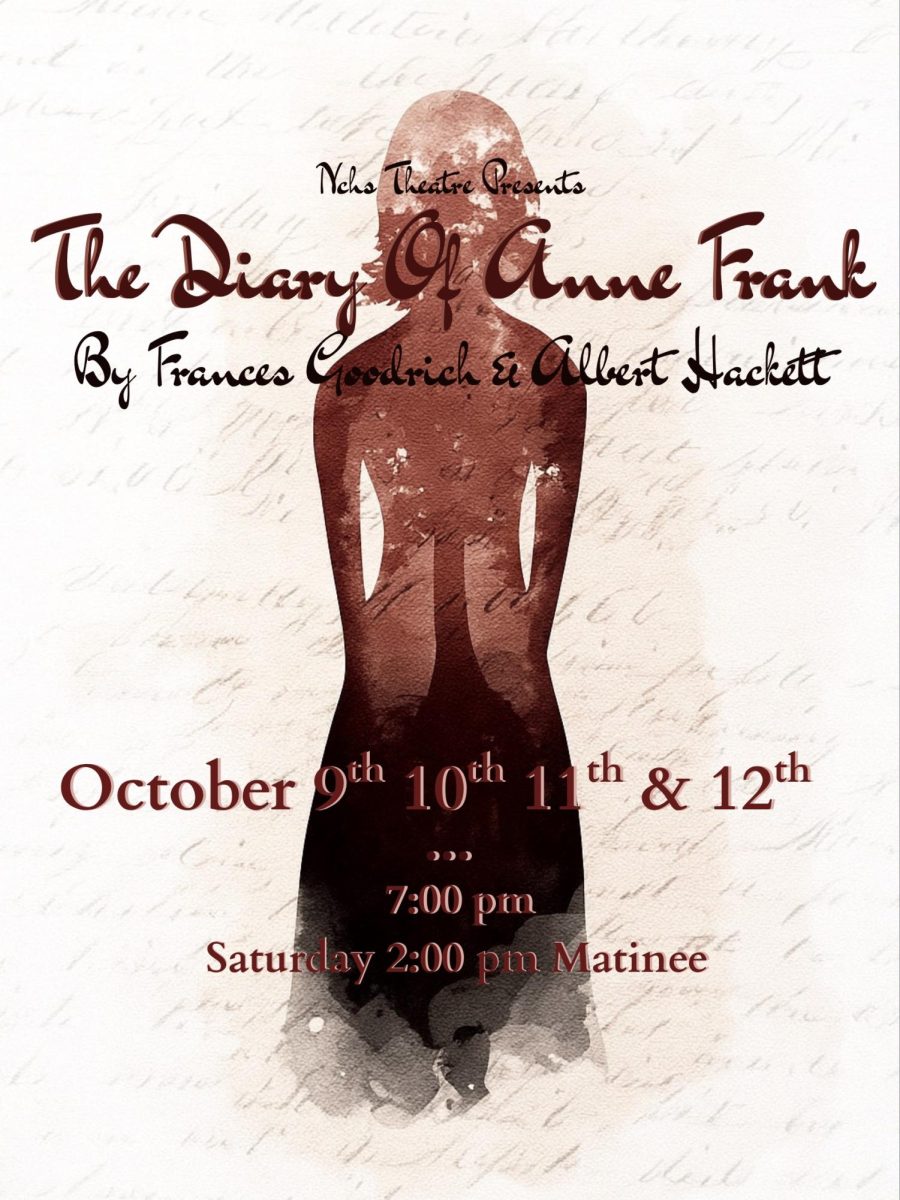





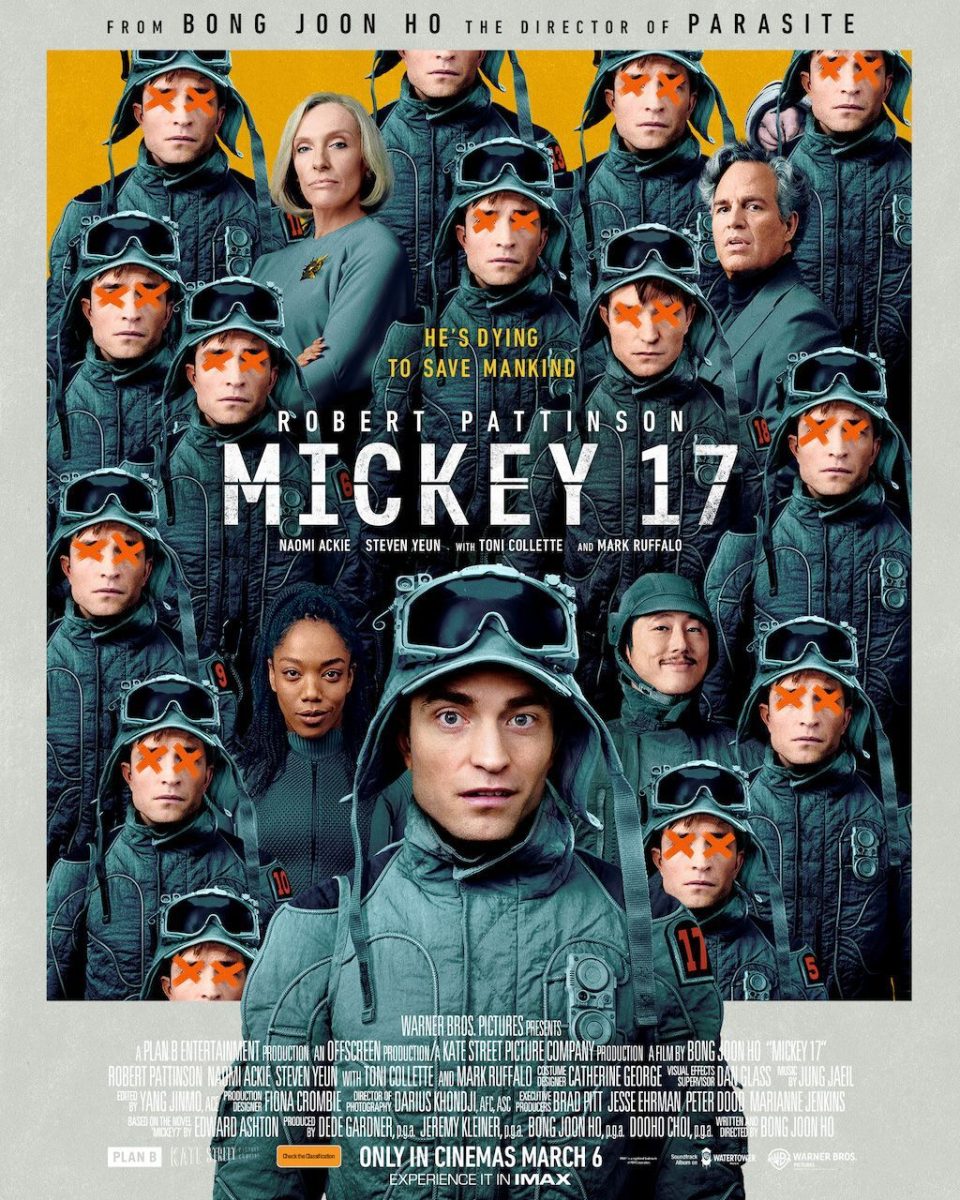
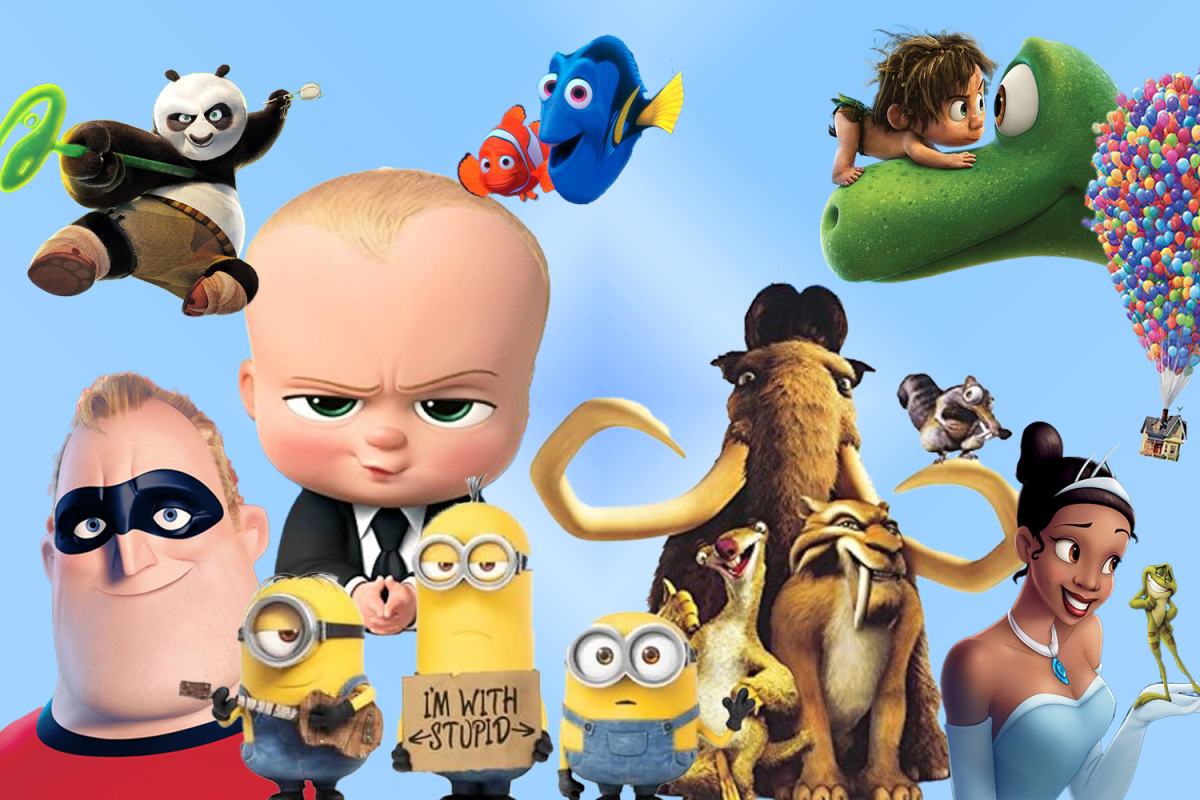
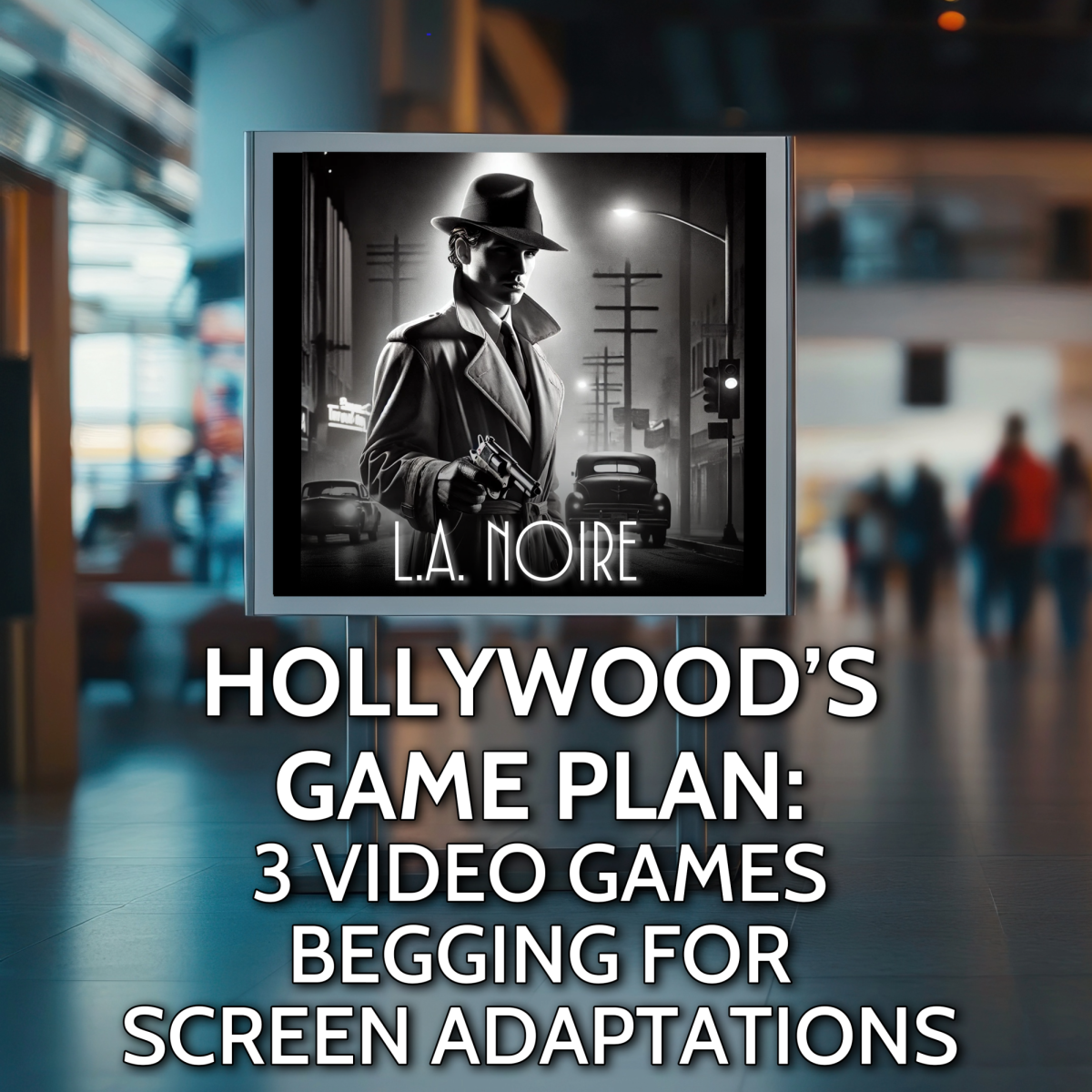
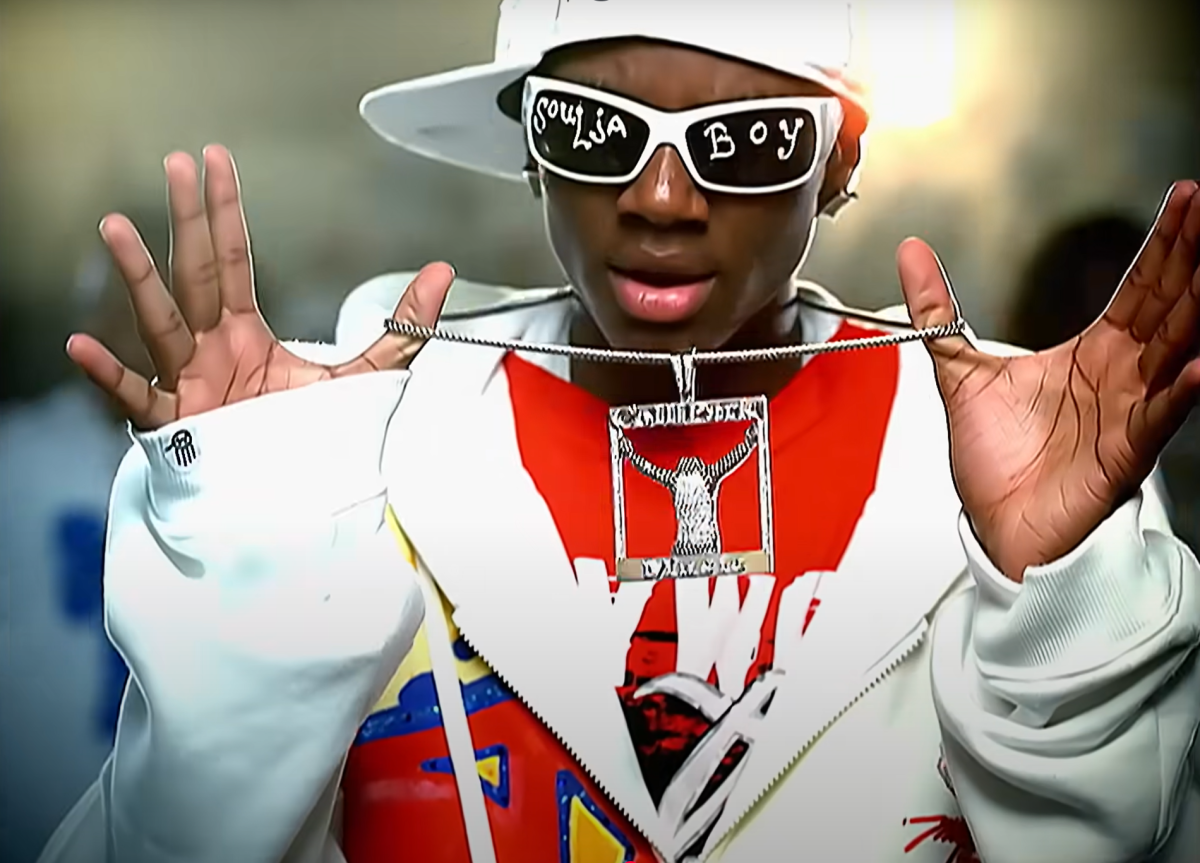
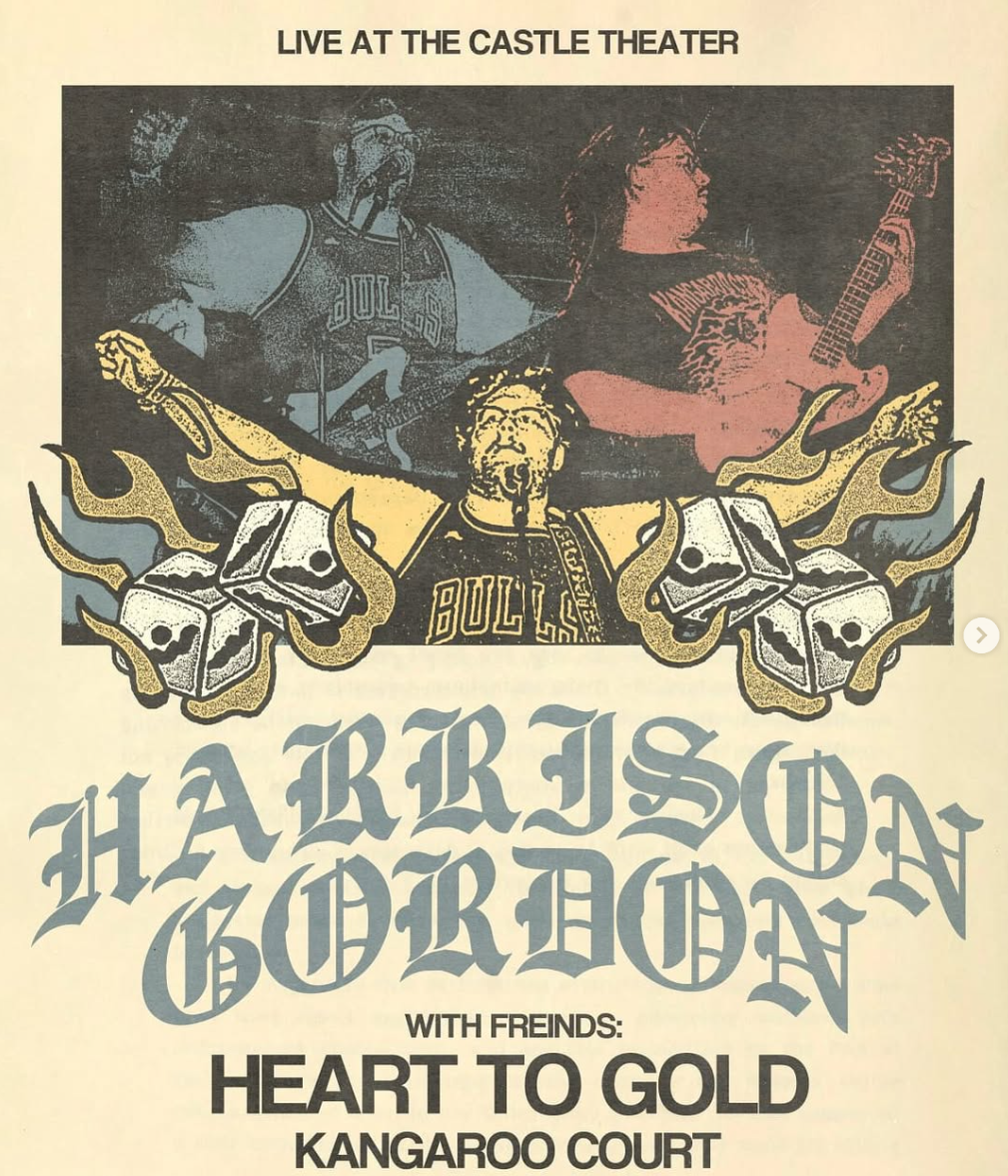
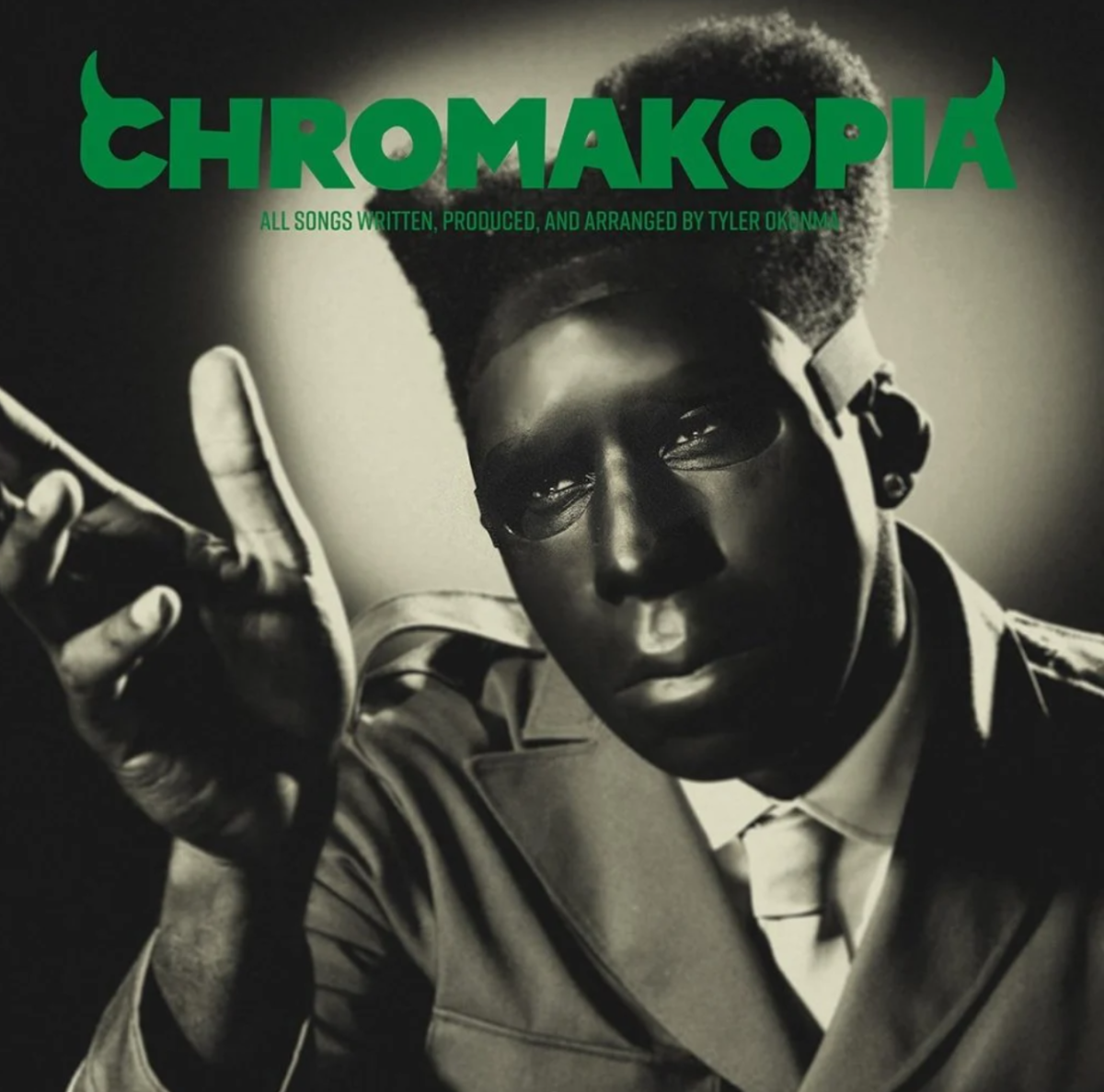

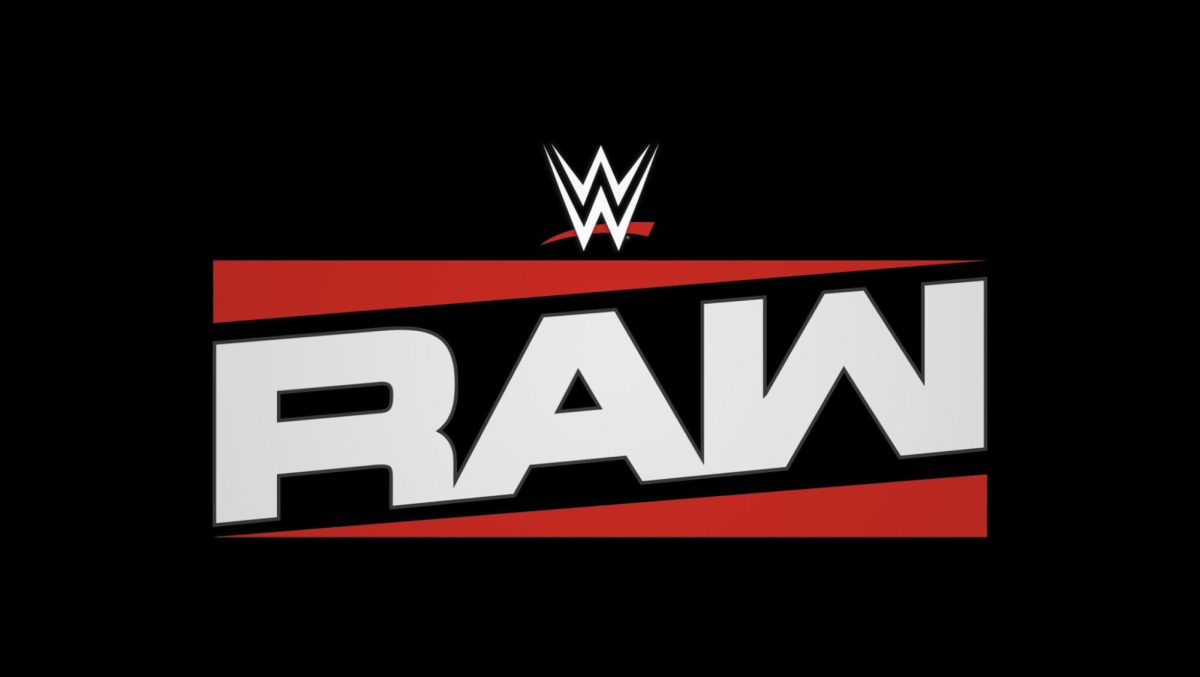
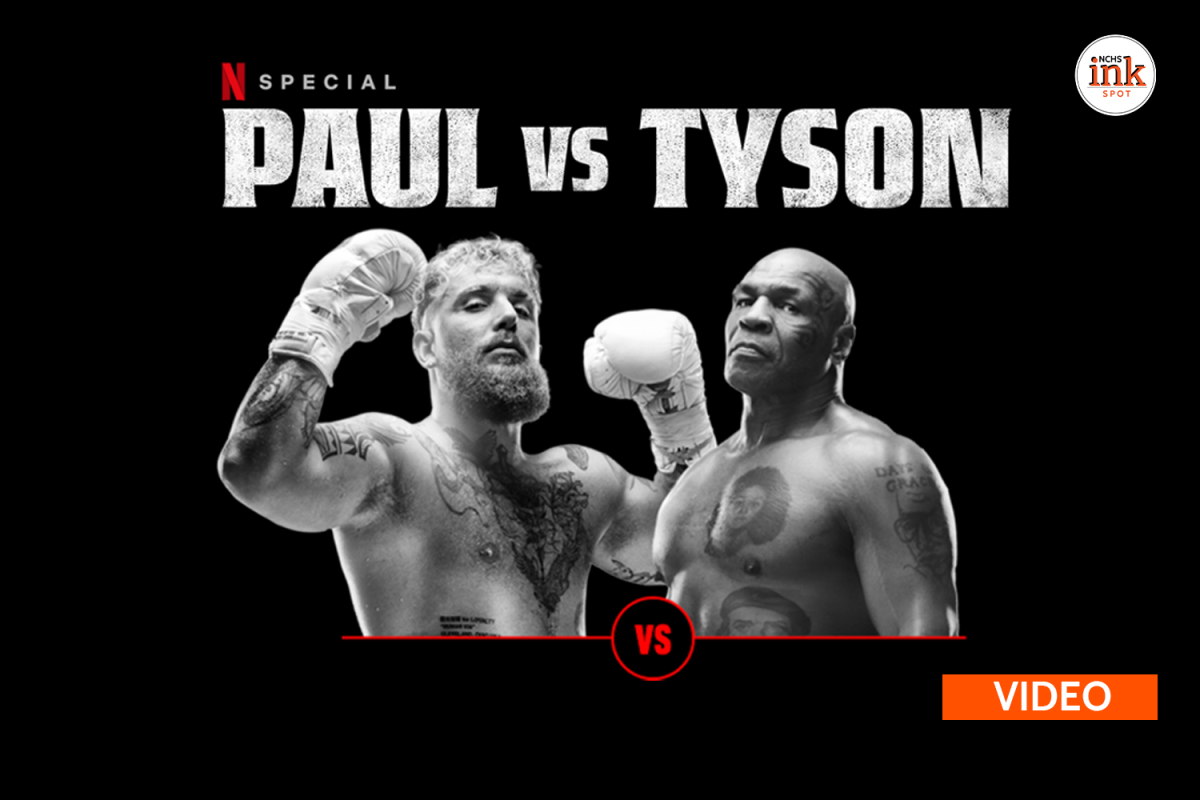


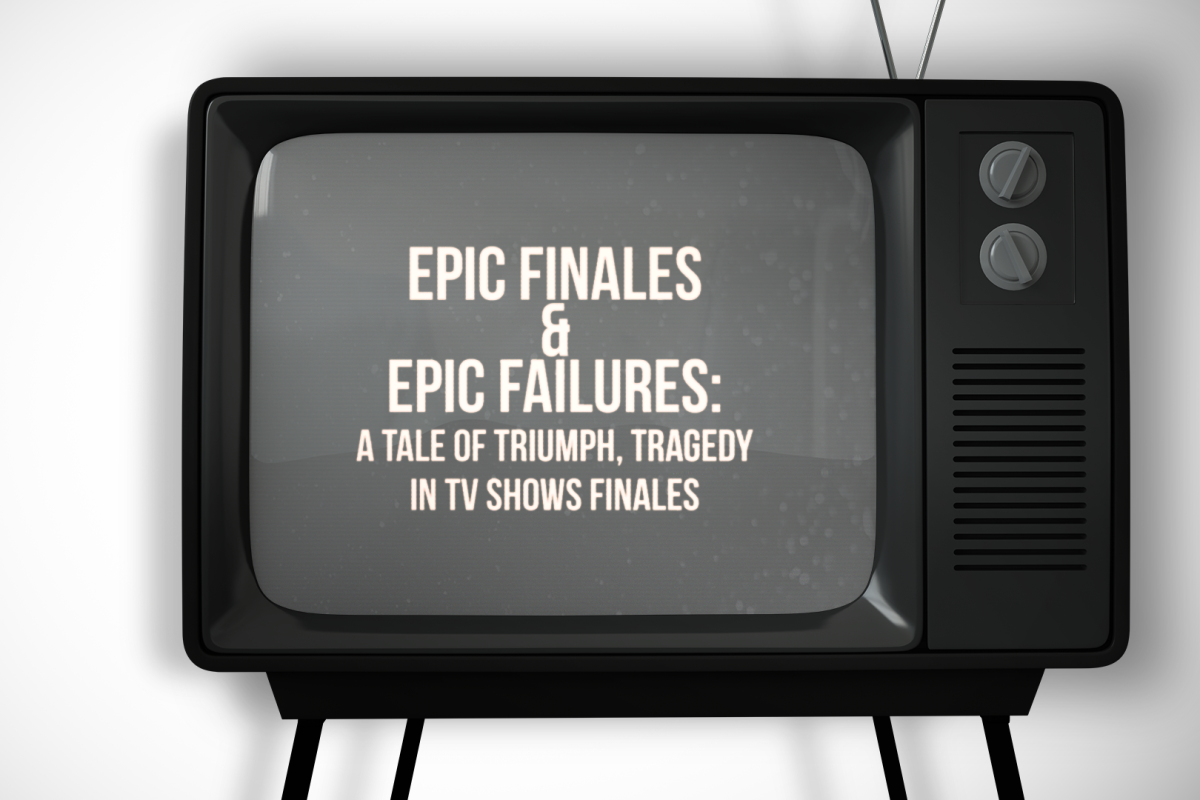
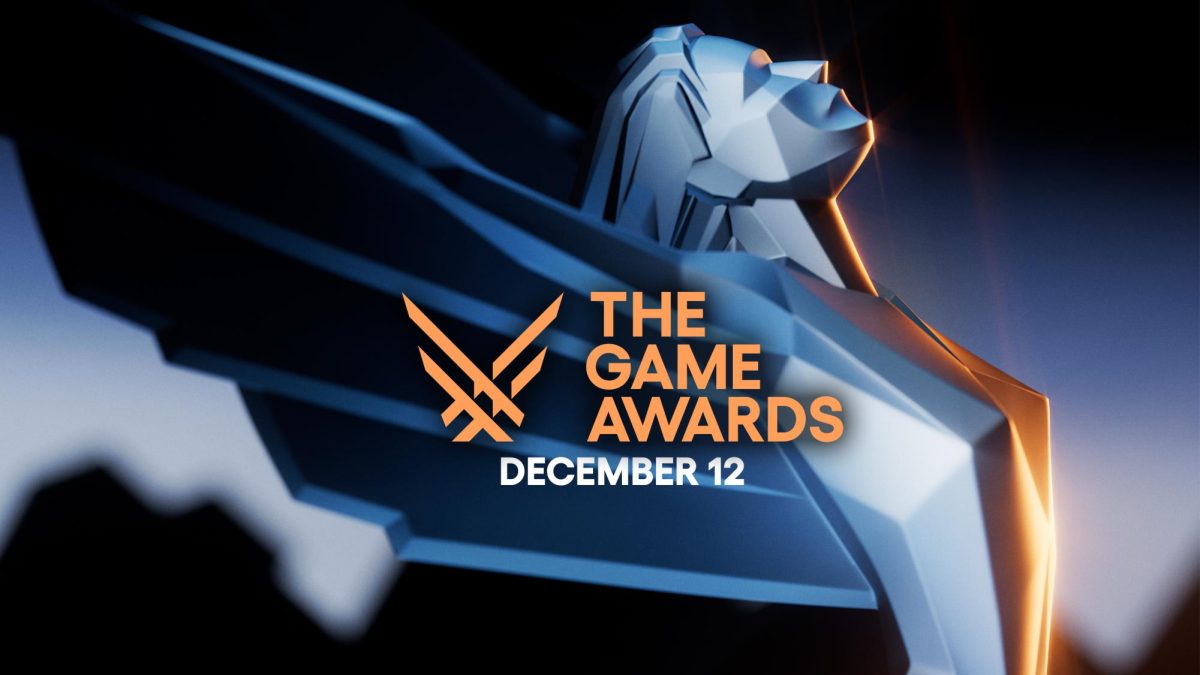

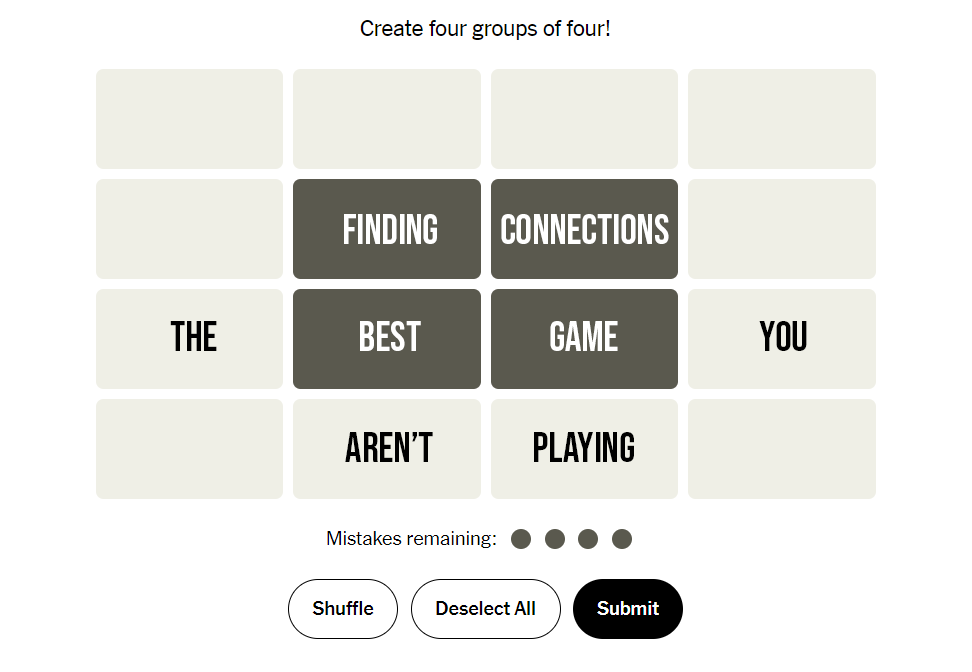
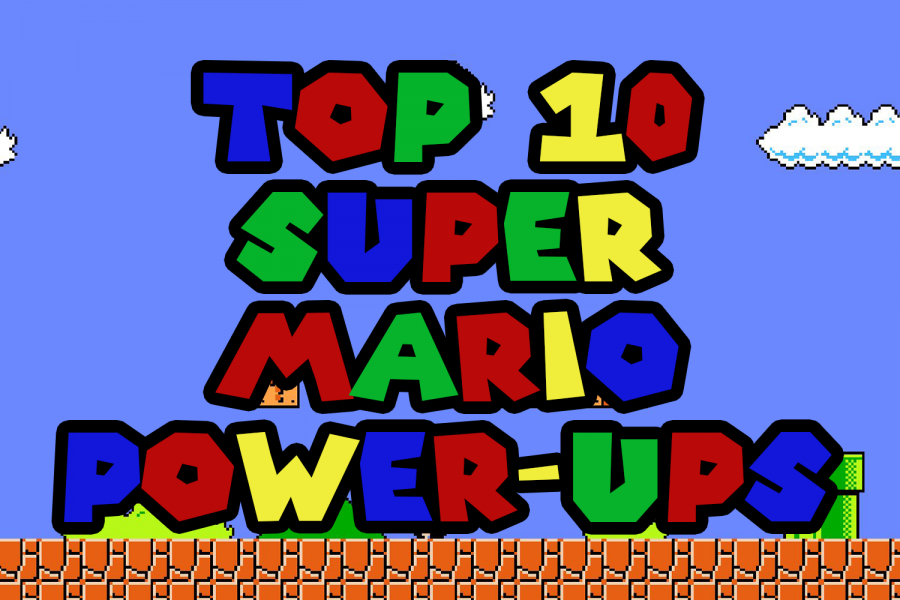
![Postgame: Drengwitz on Community’s 56-6 win over Champaign Centennial; staying unbeaten in Big 12 [video]](https://nchsinkspot.com/wp-content/uploads/2025/10/10.17_FBwChampCent56-6_POST_thumb.png)
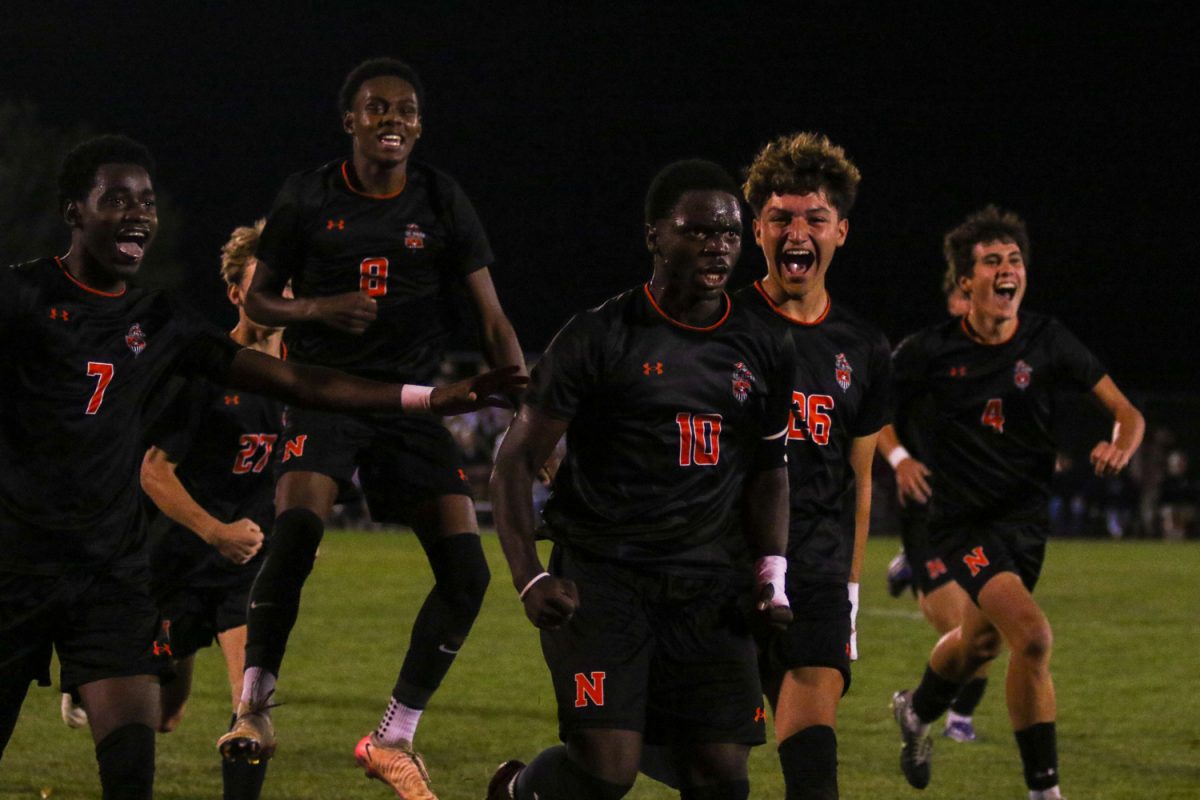
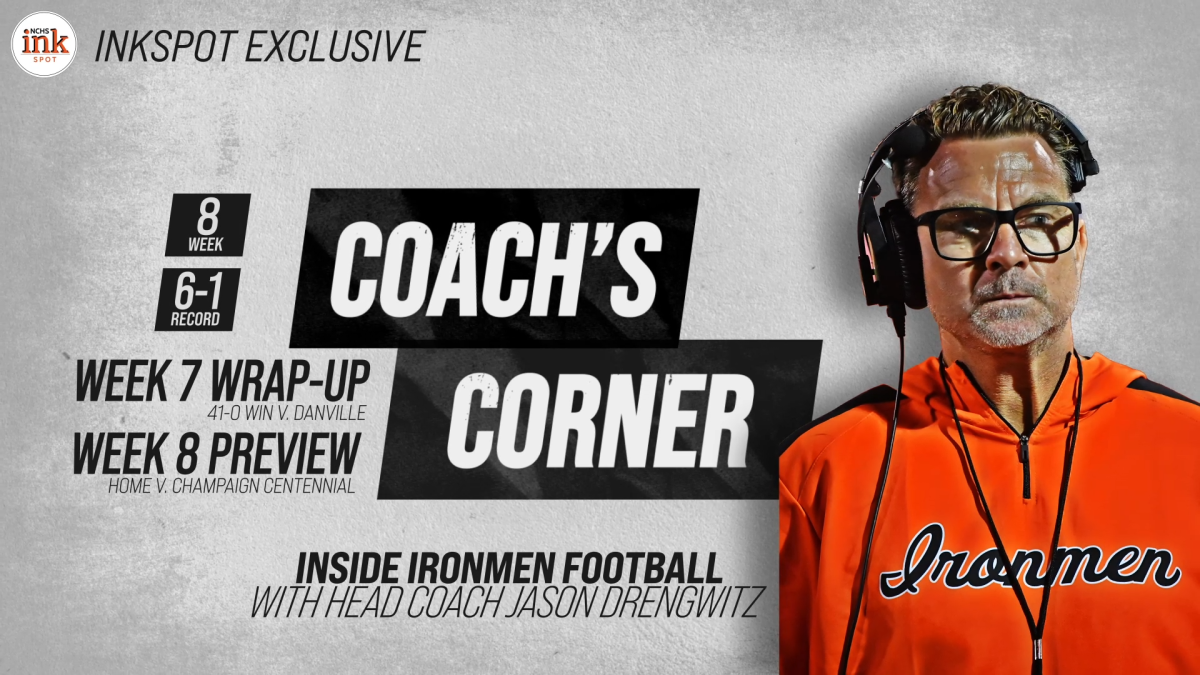



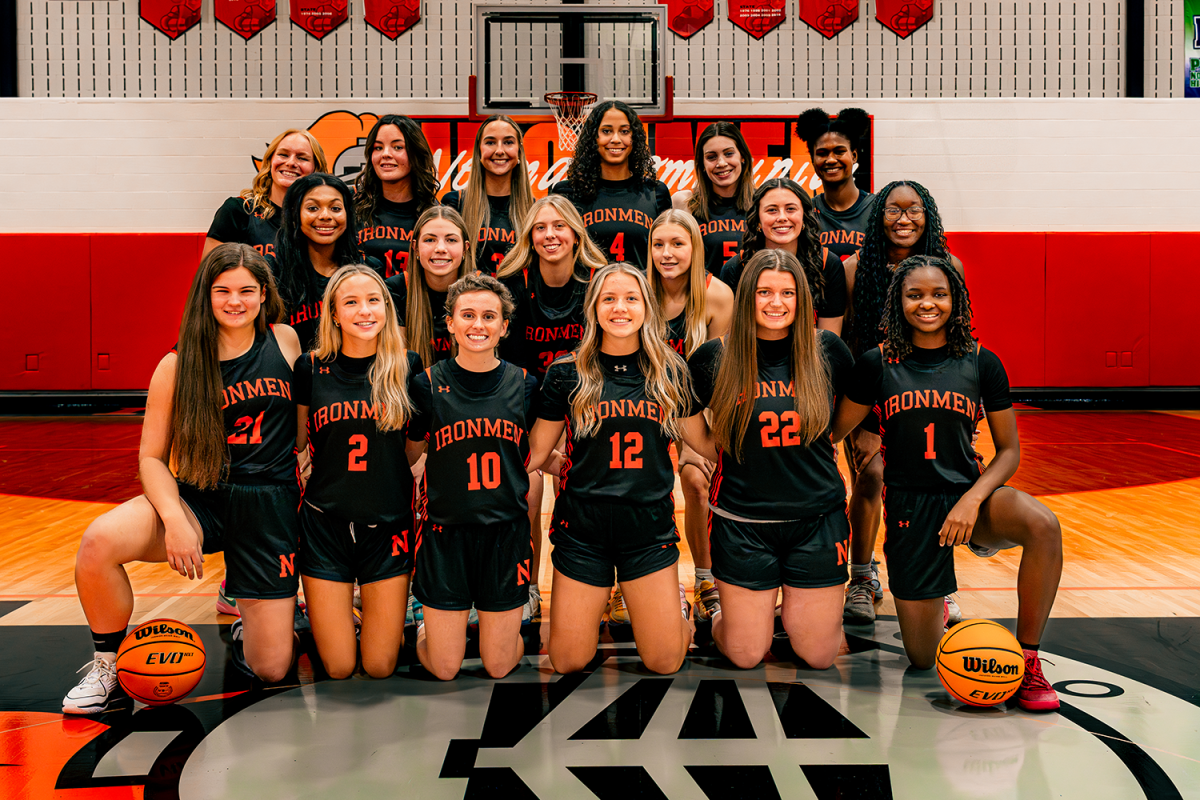





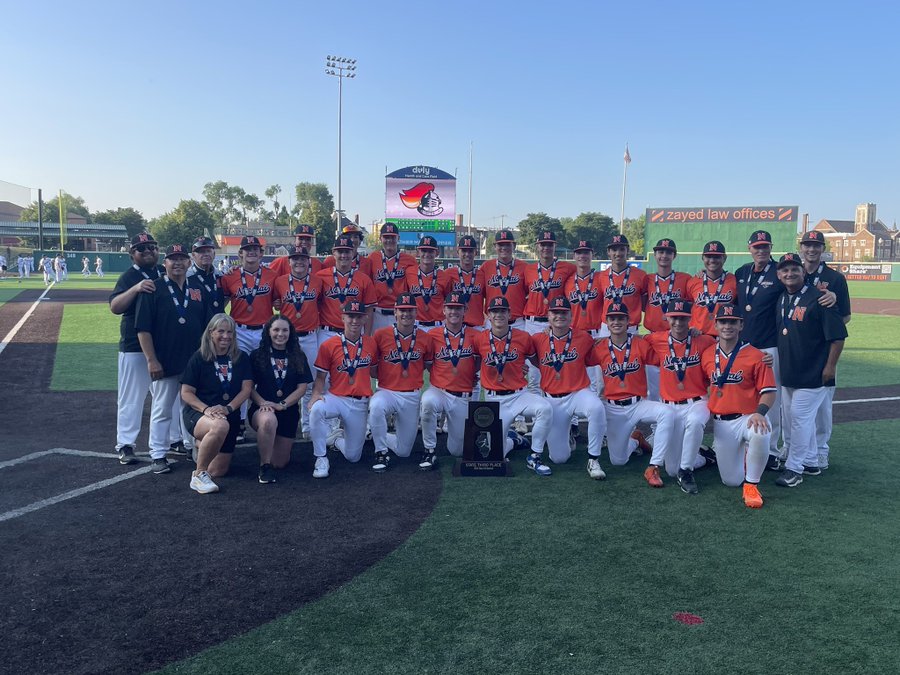
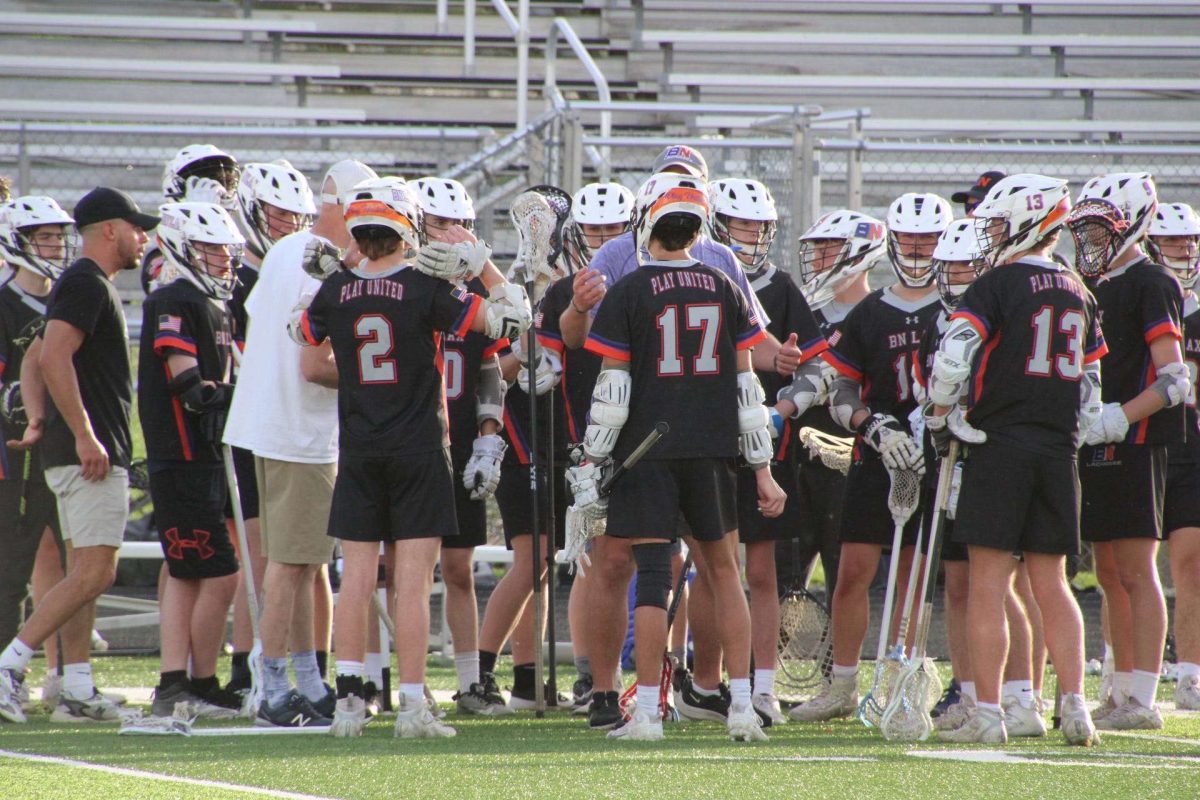






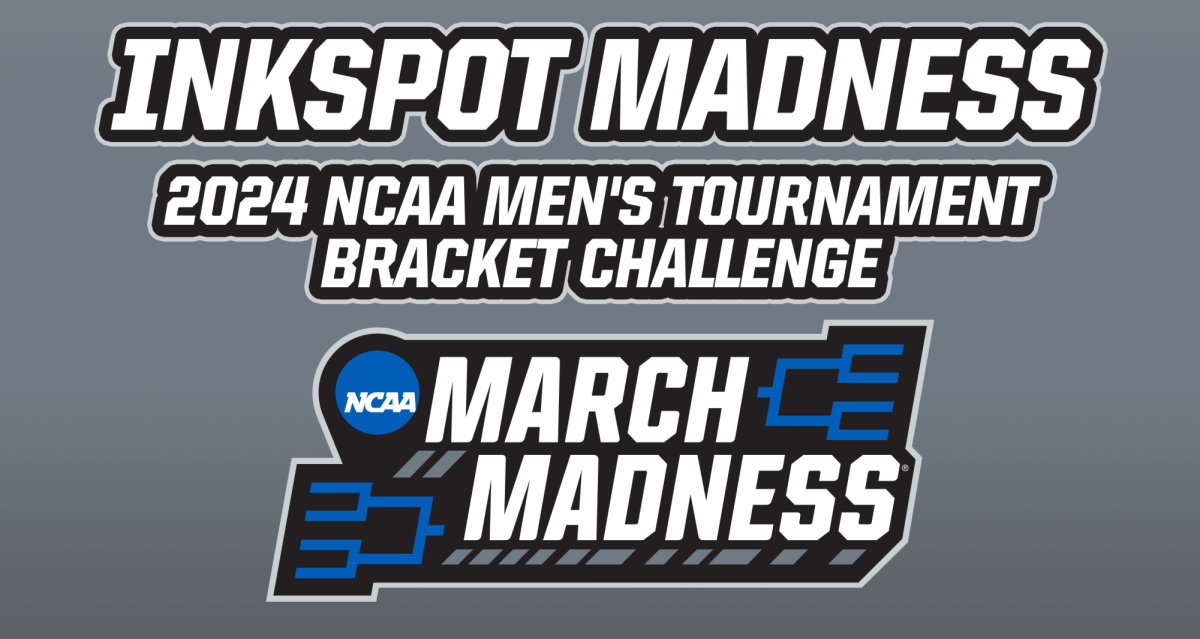
![Halloween candy cross section quiz [quiz]](https://nchsinkspot.com/wp-content/uploads/2022/10/Candy-cover-big-900x675.png)
![Average Jonah? [quiz]](https://nchsinkspot.com/wp-content/uploads/2022/05/average-jonah-900x600.png)

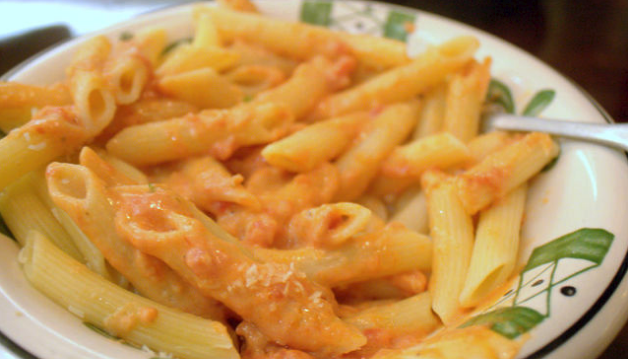
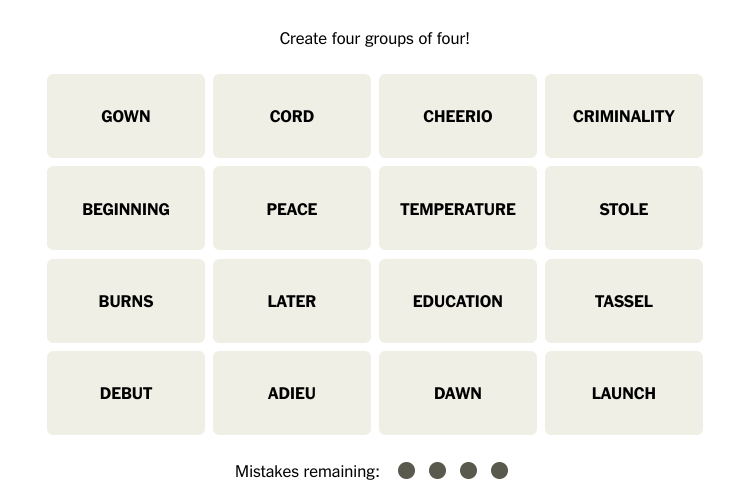
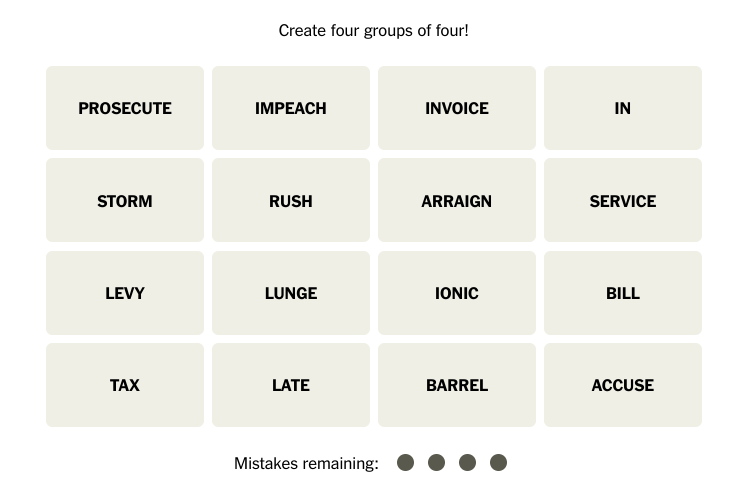
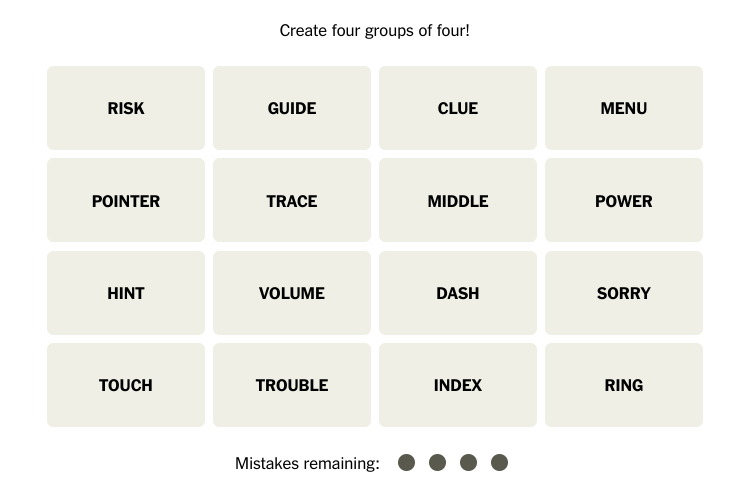
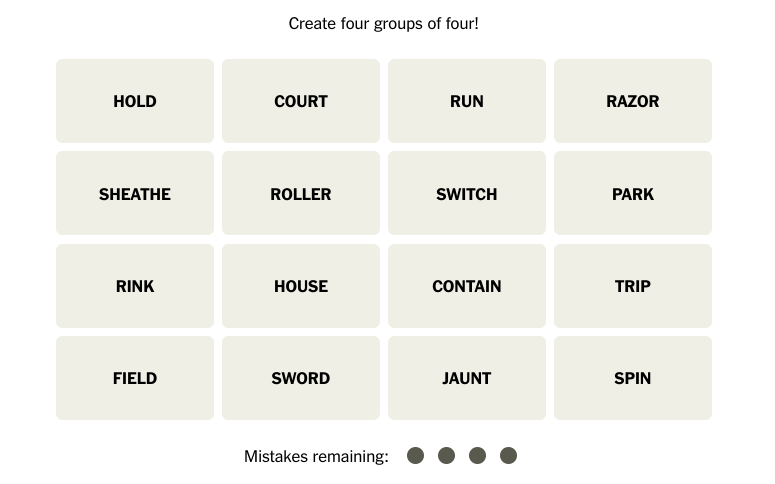


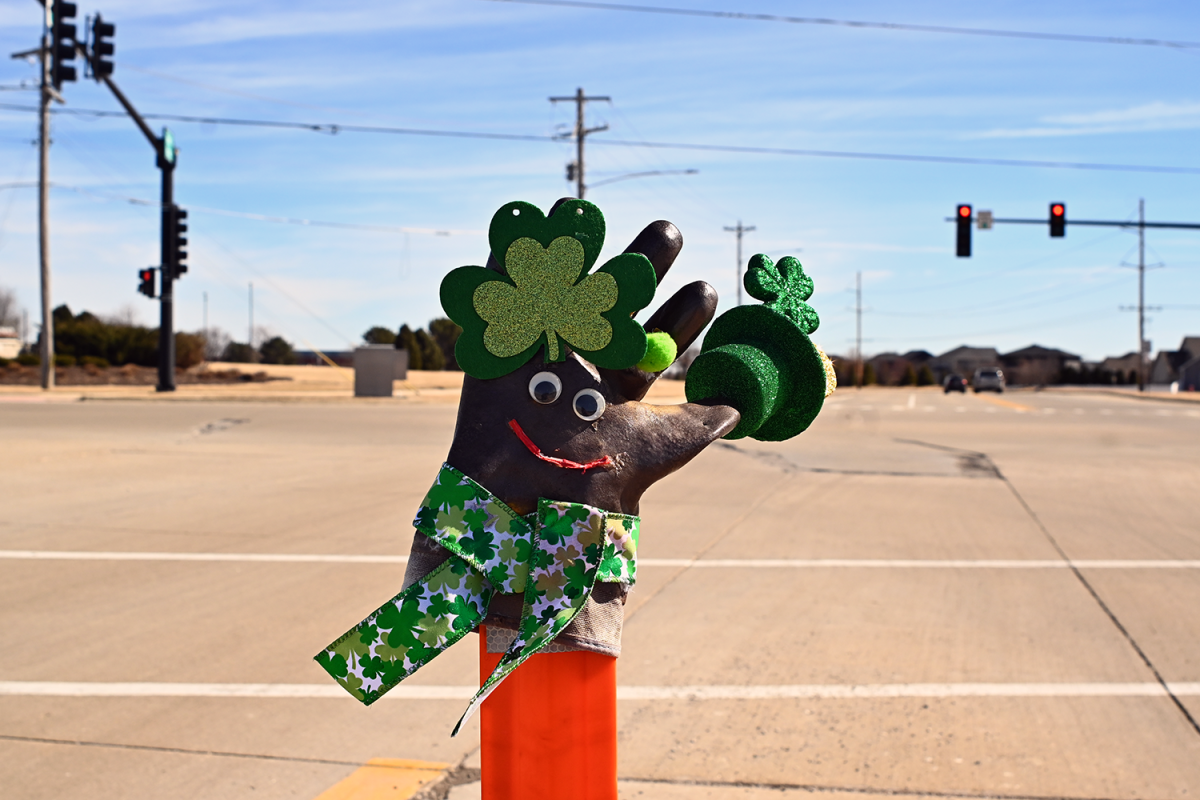
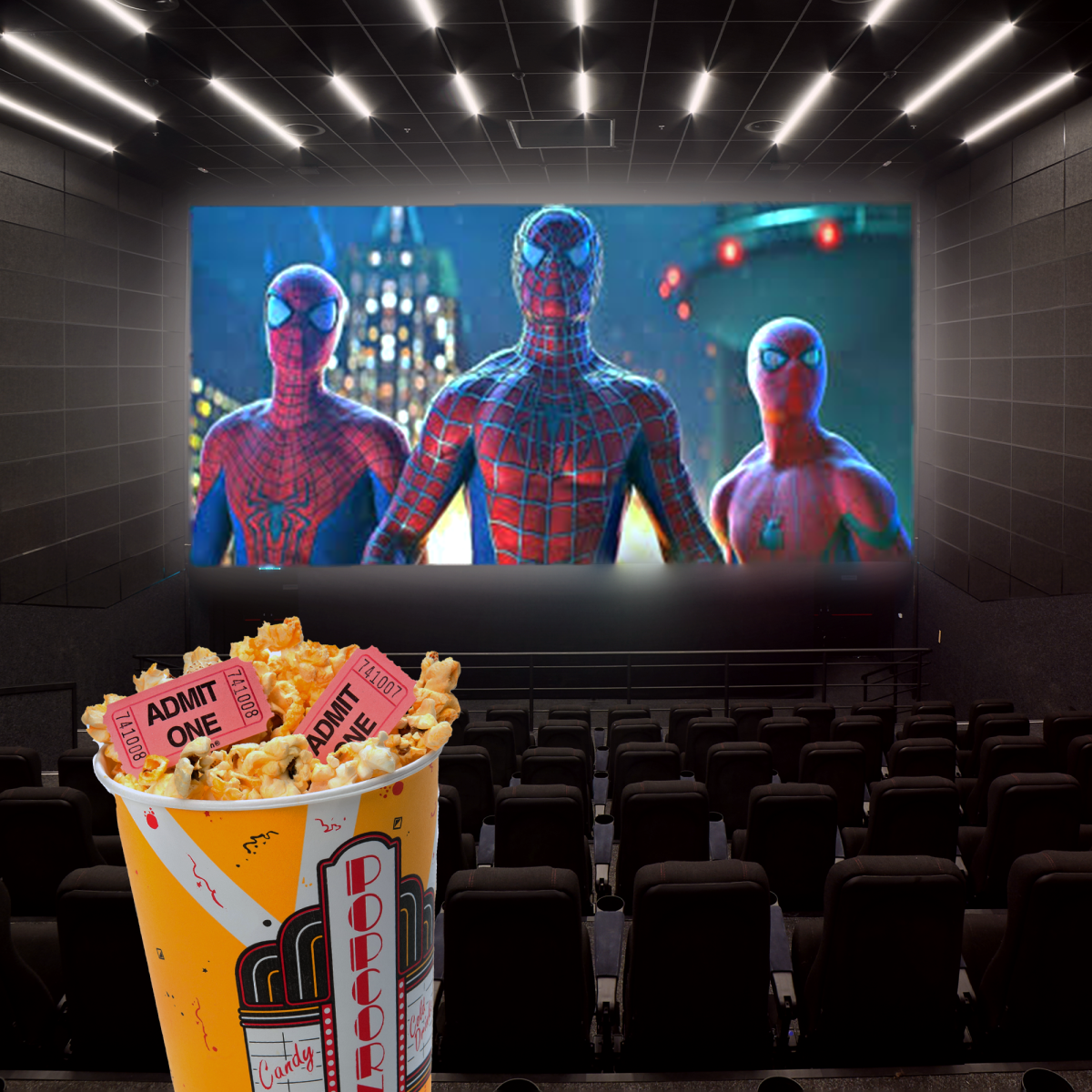
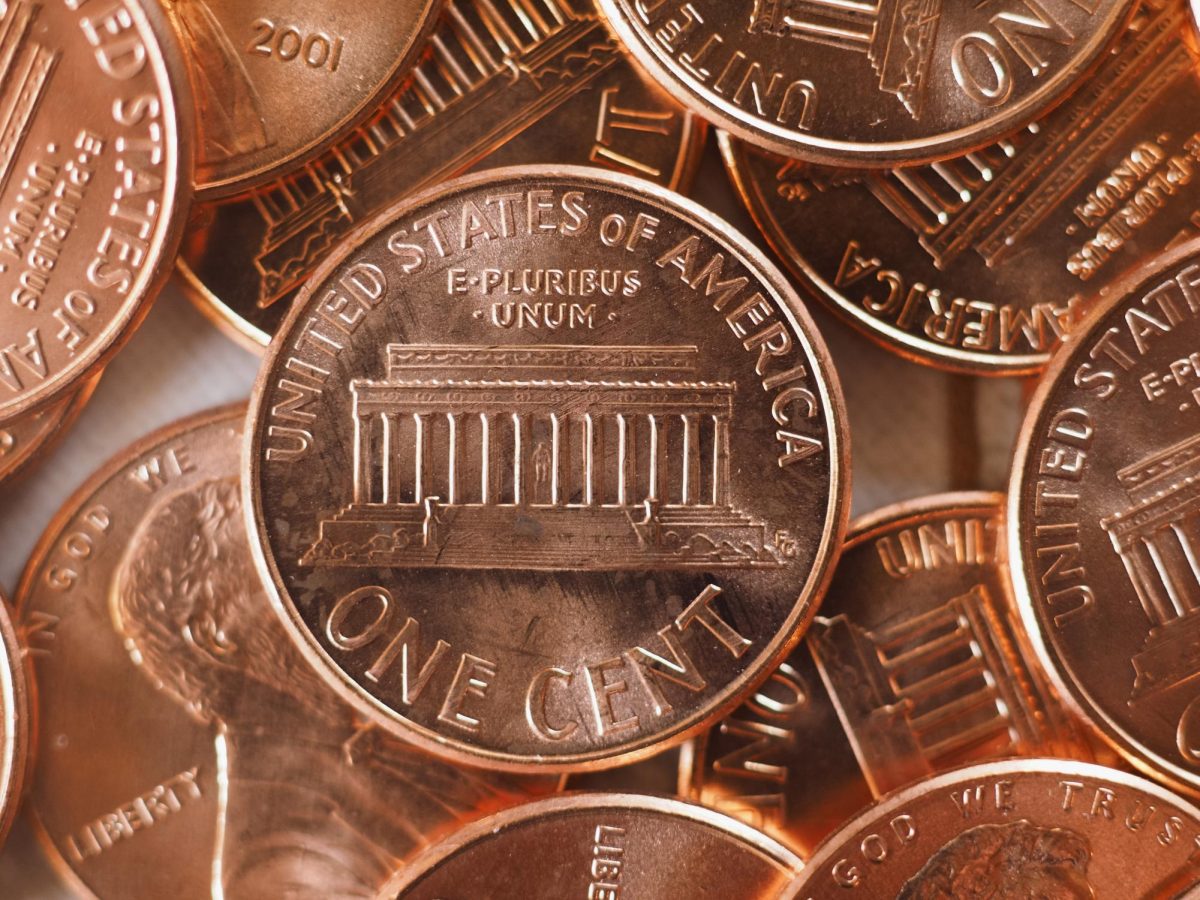
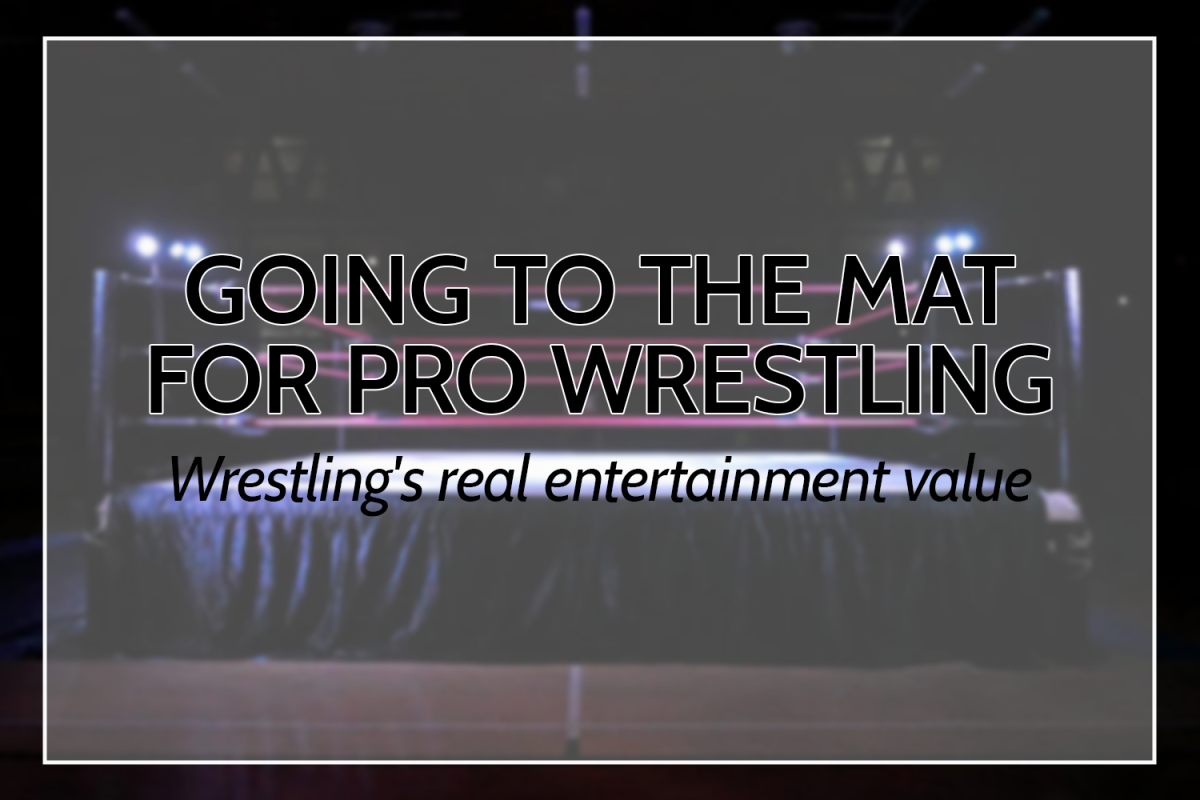
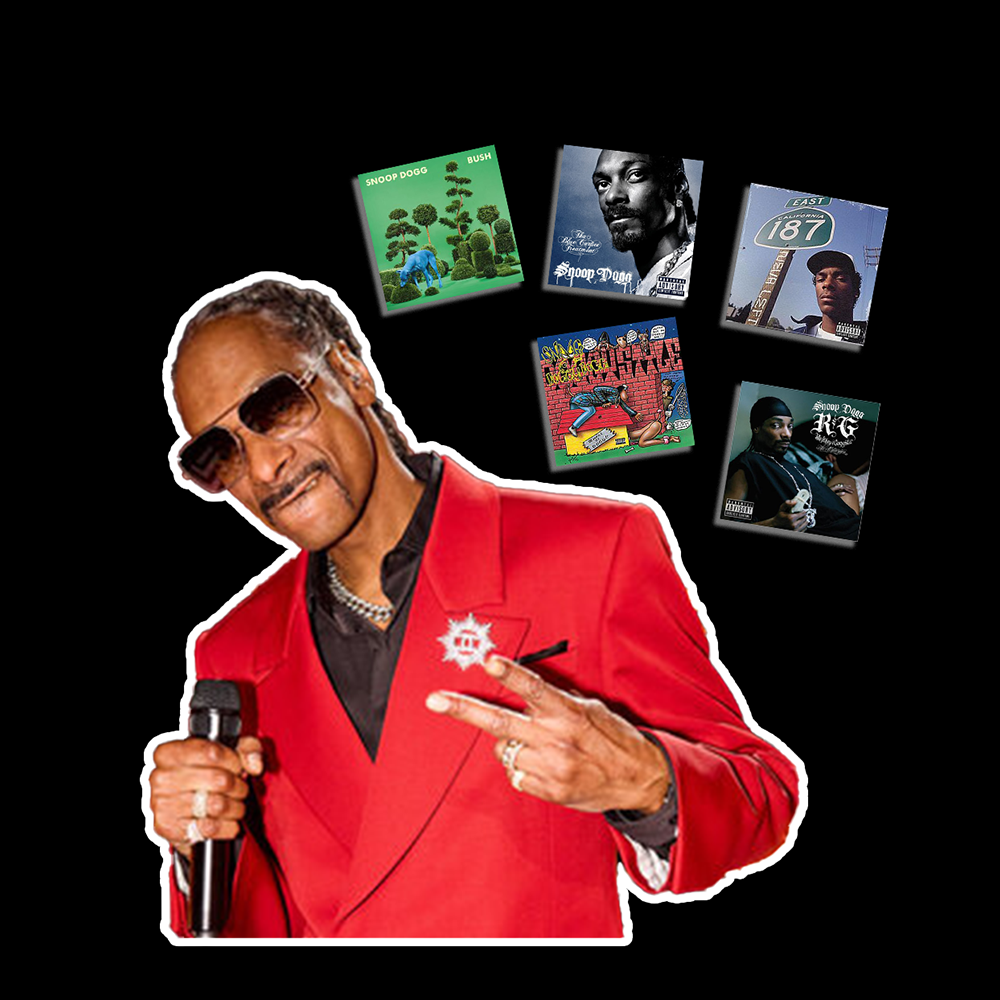


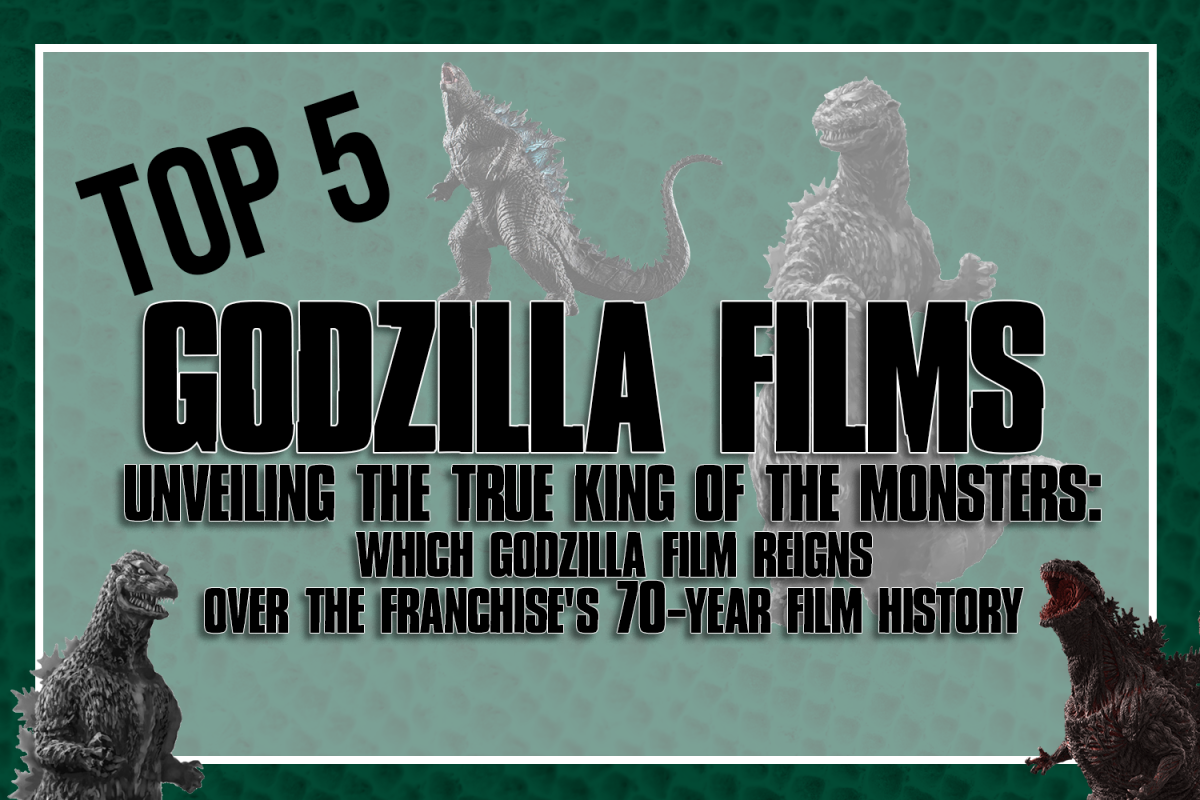
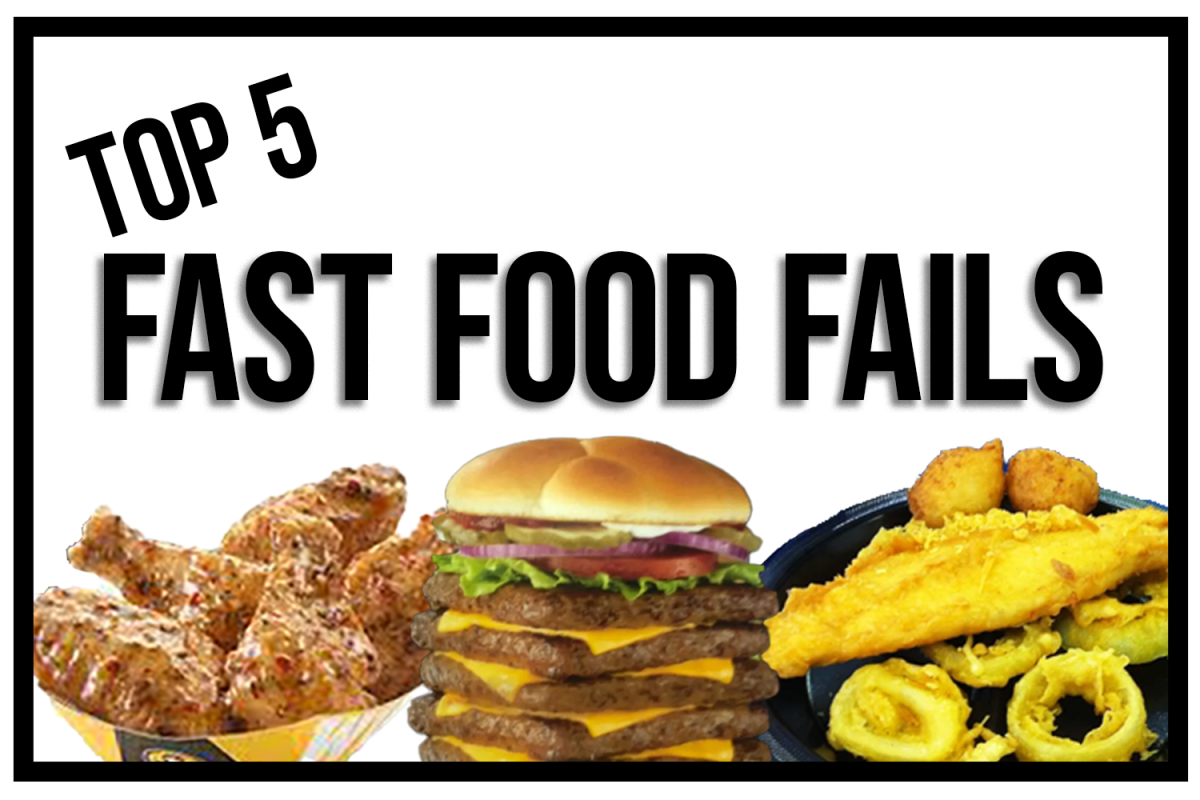
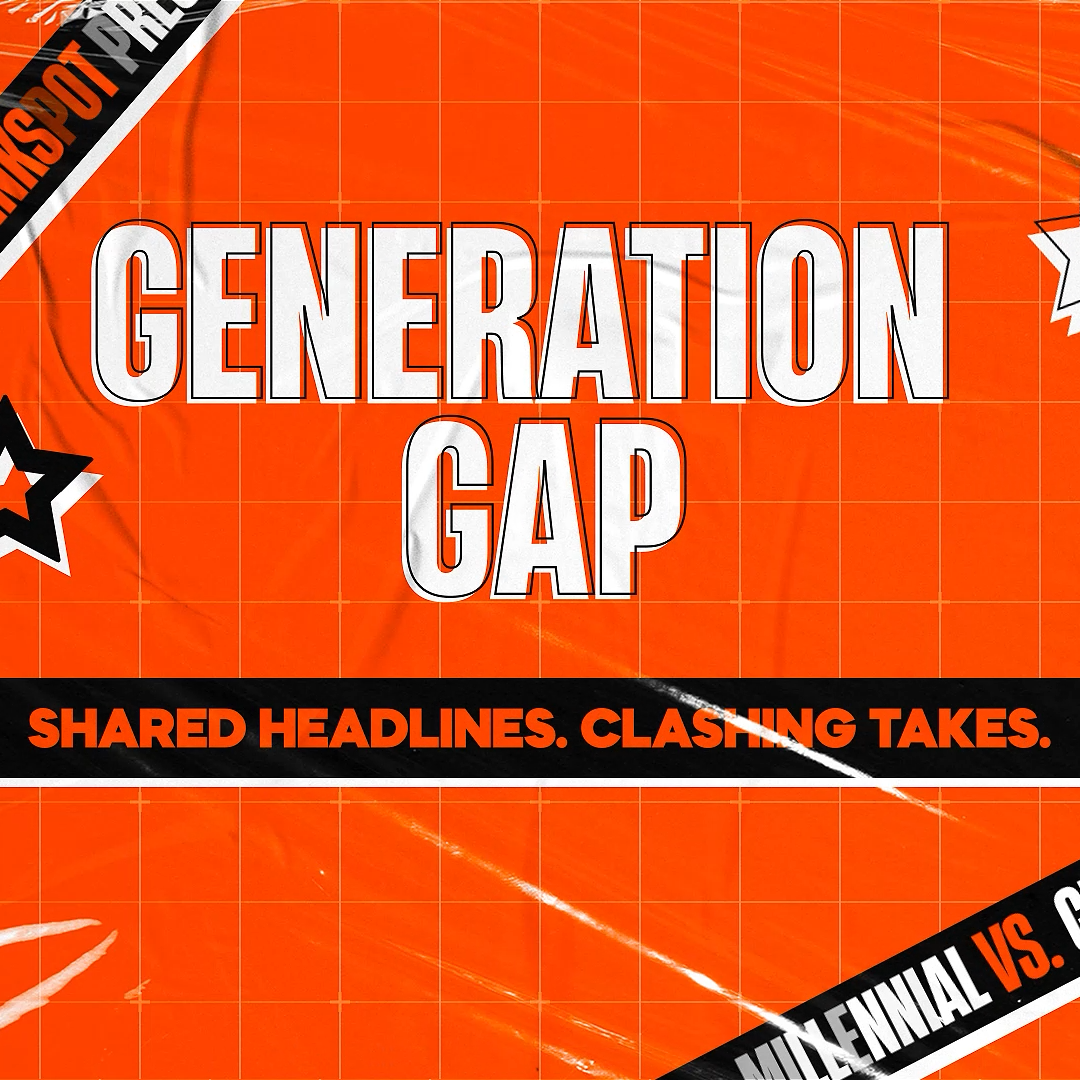


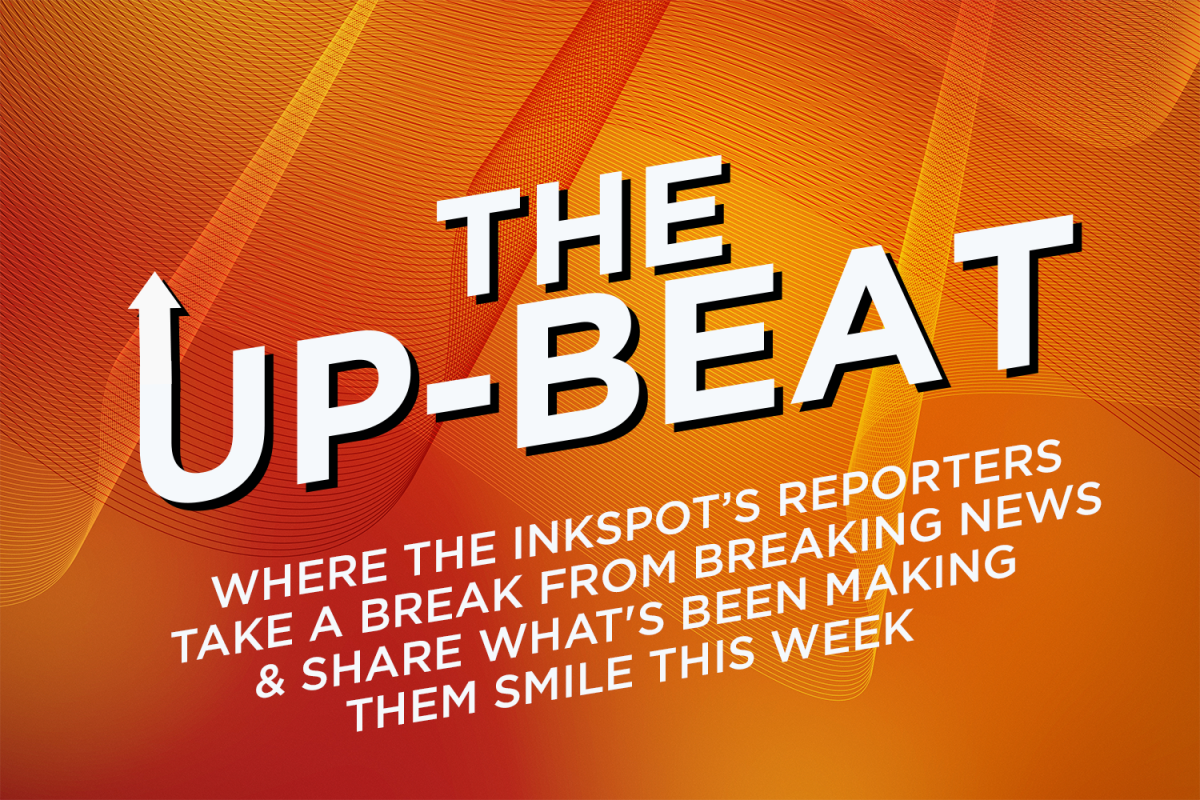

![Week 7: Coach Drengwitz recaps the Ironmen’s win over Bloomington, talks Danville [video]](https://nchsinkspot.com/wp-content/uploads/2025/10/Vikings-feature-Image-1200x675.png)
![Week 5: Coach Drengwitz previews the Ironmen’s matchup vs. Peoria Manual, recaps Week 4 [video]](https://nchsinkspot.com/wp-content/uploads/2025/09/Week-5-v-Rams-1200x675.png)
![Postgame reaction: Coach Drengwitz on Community’s 28-17 Loss to Kankakee [video]](https://nchsinkspot.com/wp-content/uploads/2025/09/Week-4-postgame--1200x675.png)
![On the Spot: This or That – Halloween [video]](https://nchsinkspot.com/wp-content/uploads/2024/10/tot-Halloween-YT-1200x675.png)
![On the Spot: This or That – Fall favorites [video]](https://nchsinkspot.com/wp-content/uploads/2024/10/ots-fall-web-1200x800.png)
![On the Spot – Teachers tested on 2023’s hottest words [video]](https://nchsinkspot.com/wp-content/uploads/2024/01/On-the-Spot-Teachers-tested-1200x675.png)
